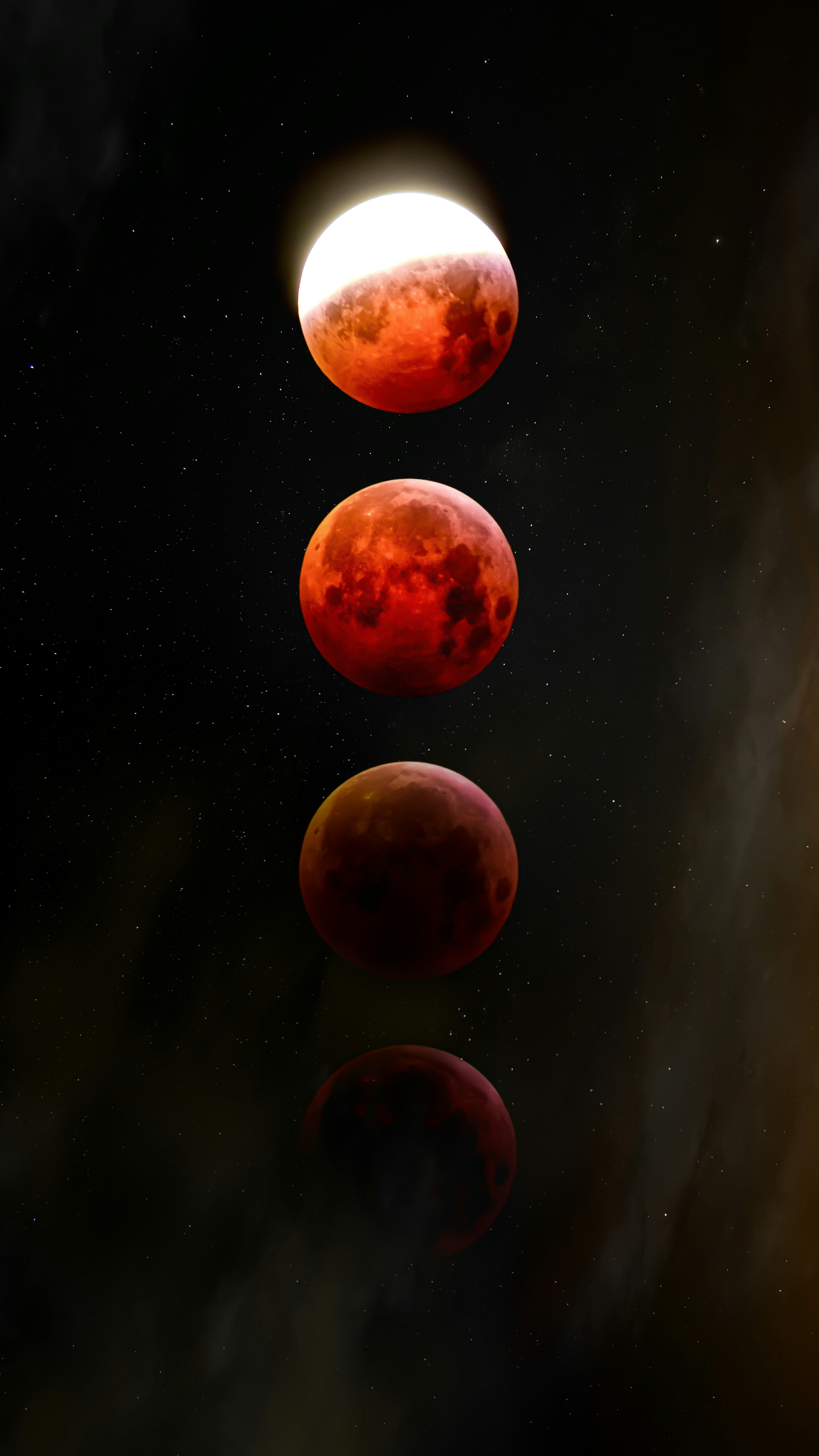
Cultural Relevance
The moon, with its ever-changing phases, has been a deep spiritual symbol across various cultures and spiritual traditions. Beyond its role as a celestial body that illuminates the sky, the moon is revered for its mystical qualities and its deep connection to the human spirit. Each phase of the moon—whether it is the new moon, full moon, waxing, or waning—carries its own spiritual energy and symbolism, reflecting cycles of growth, introspection, and transformation. For many spiritual seekers, the moon serves as a mirror to our inner world, guiding us through our personal journeys of self-discovery, healing, and enlightenment. This spiritual significance of the moon’s phases invites us to connect more deeply with ourselves, the natural world, and the divine rhythm that orchestrates all of life. Let’s dive into understanding the spiritual significance of the Moon.
Hinduism: The moon holds deep spiritual significance in Hinduism, influencing various aspects of life, culture, and religious practices. The moon is associated with deities, rituals, and the Hindu calendar Panchang, which guides daily and seasonal activities. The Panchang is divided into 12 lunar months, each starting with the new moon (Amavasya) and ending with the full moon (Poornima). Each lunar month is divided into 30 tithis, or lunar days, which are categorized into two fortnights: the waxing phase (Shukla Paksha) and the waning phase (Krishna Paksha).The moon passes through 27 nakshatras or constellations based on which many Hindu festivals like Diwali (Amavasya), Holi (full moon in Phalguna), and Karva Chauth where women fast from sunrise to moonrise for their husbands’ well-being are celebrated. Also, according to a book named “Hindu Vedic Astrology" by David Frawley, in Vedic astrology, the moon is one of the nine planets (Navagrahas) influencing human destiny and its position in one’s horoscope affects mental health, emotions, and personality.
Buddhism: Significant events in Buddha's life are celebrated on full moon days, marking enlightenment and spiritual milestones. Like the full moon day in May (Vesak Poya) marks the birth, enlightenment, and passing of the Buddha. It is a day of celebration, meditation, and reflection on the Buddha’s teachings.
Wicca and Modern Paganism: The full moon is a time for heightened spiritual energy, while the new moon is ideal for setting intentions and beginnings to start new projects. It’s a time for celebration, gratitude, and achieving goals. Many Wiccans and pagans hold full moon ceremonies called “Esbats.”
Personal Growth: The moon is believed to have a deep impact on human emotions and mind. It is associated with the mind as mentioned in Ayurveda. The waxing moon symbolizes growth and manifestation, the full moon represents peak energy, and the waning moon signifies release and reflection. Practices like moon gazing and moon meditation are recommended for mental peace and emotional balance. Women are especially recommended to sync their menstrual cycles with the phases of the moon to avoid lifestyle diseases like PCOS and PCOD.
Conclusion:
The spiritual significance of the moon’s phases reminds us of the intrinsic connection between the cosmos and our inner selves. As the moon moves through its cycle, it offers a powerful metaphor for our own spiritual journeys—highlighting times for setting intentions, embracing change, celebrating achievements, and releasing what no longer serves us. By aligning ourselves with the moon’s phases, we can develop a deeper sense of awareness, purpose, and harmony with the universe. The moon, in all its celestial glory, continues to inspire spiritual growth and understanding, urging us to honor the cyclical nature of life and to find peace within the ever-turning wheel of existence.